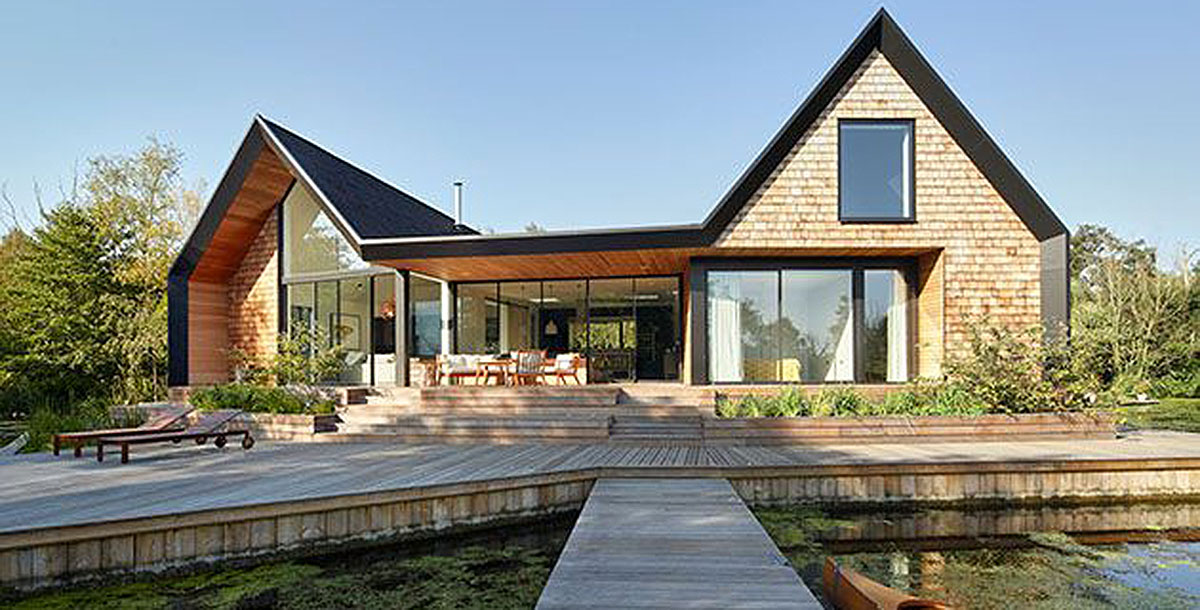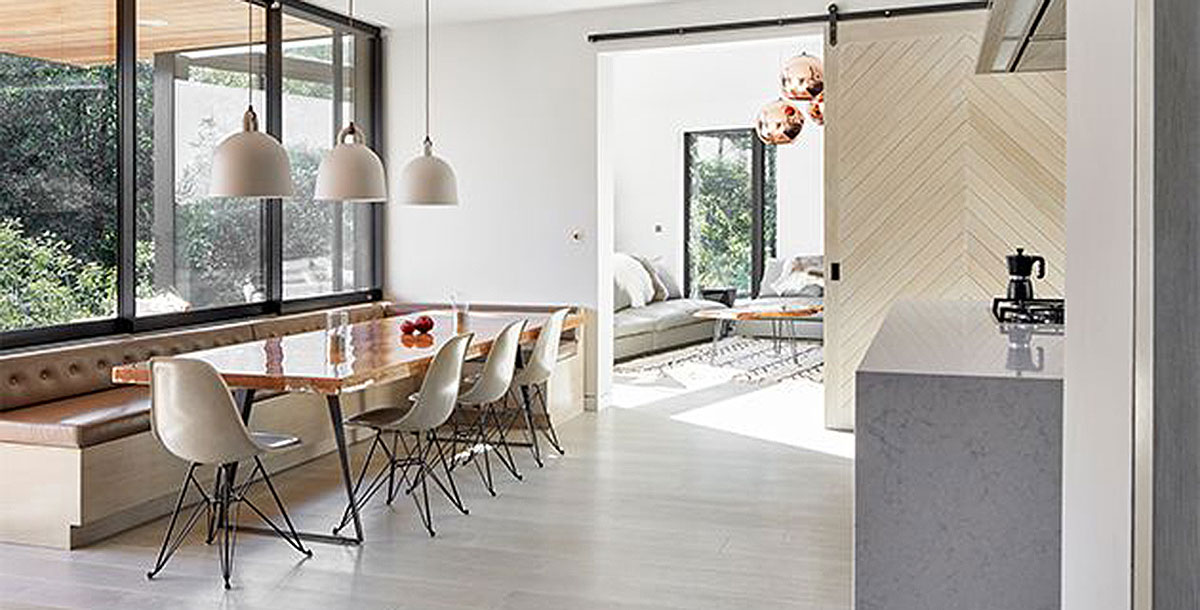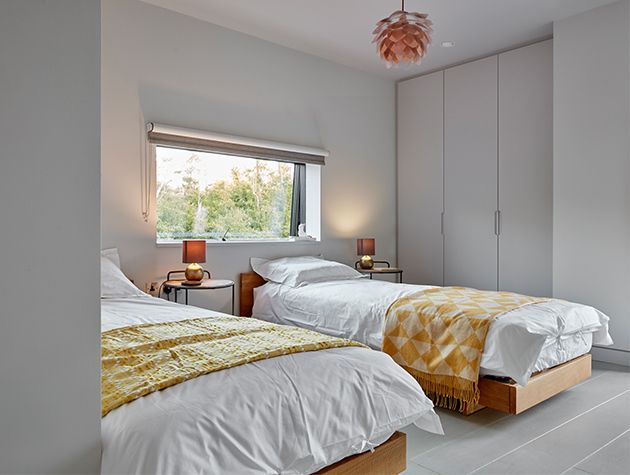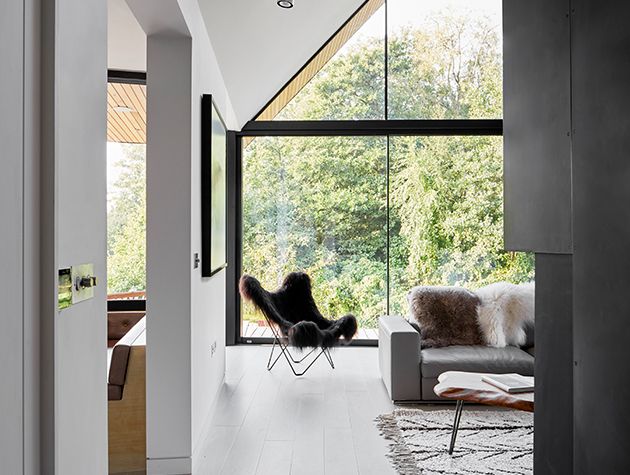Self-build holiday home in the Norfolk Broads
Architects Patrick and Claire Michell used their expert knowledge to design the perfect holiday retreat by a secluded lagoon in the Norfolk Broads
Architects Patrick and Claire Michell used their expert knowledge to design the perfect holiday retreat by a secluded lagoon in the Norfolk Broads
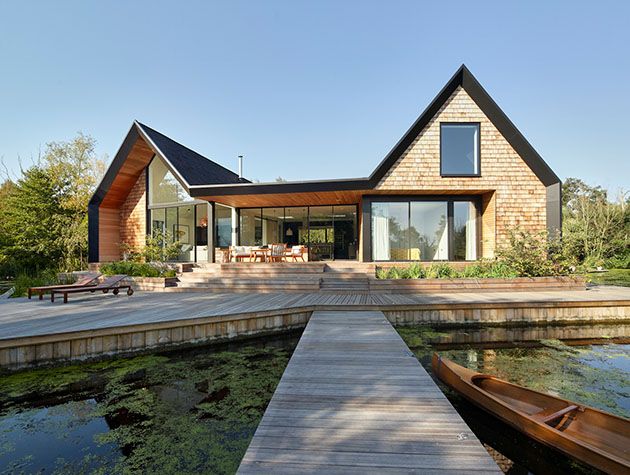
When they decided to build a home for long weekends and summer holidays, Patrick and Claire Michell were looking for a selfbuild plot or renovation opportunity located within a couple of hours of London. Finally, they chose Norfolk. ‘Location played an important part in finding the right spot. We needed to be able to rent it as a holiday home to help fund the build project.’
It was July 2012 when Patrick and Claire, who have two children Rae, 4, and Margo, 2, first viewed the plot by a secluded lagoon in the Norfolk Broads. The couple, both architects, decided to visit the site after it failed to sell at auction and the owners dropped the asking price. ‘As soon as we arrived we were struck at how unusual and amazing the natural setting was,’ explains Patrick, a partner at Platform 5 Architects. ‘We envisioned how much fun we would have messing around on boats and canoes, exploring the area.’
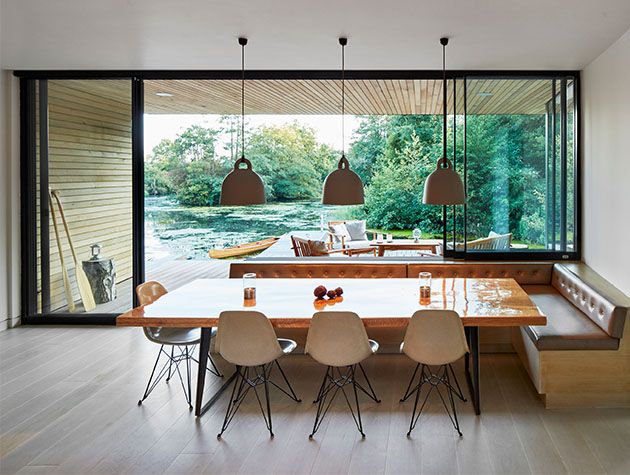
The unattractive 1950s timber-frame bungalow was under water in the winter months and in very poor condition. The timber piles were rotten and the house was sinking into the ground. ‘It had been added to and butchered over the years,’ says Patrick. ‘I don’t think anyone nearby, and certainly not the planners, were too concerned about us knocking it down.’
Patrick drew up a design for a replacement three-bed house that was in keeping with traditional boat sheds and vernacular forms of the Norfolk Broads. He looked to local contemporary examples for inspiration, such as Hunsett Mill by Acme Architects, winner of the RIBA Manser Medal in 2010 for the best new house in the UK. As the property is in a flood zone, there were building restraints. ‘We weren’t allowed to increase the footprint because adding volume to the site would take up the flood plain water storage,’ explains Patrick. ‘We also had to maintain the original property’s height at 1.5 storeys, in keeping with the predominant property height within the conservation area.’

